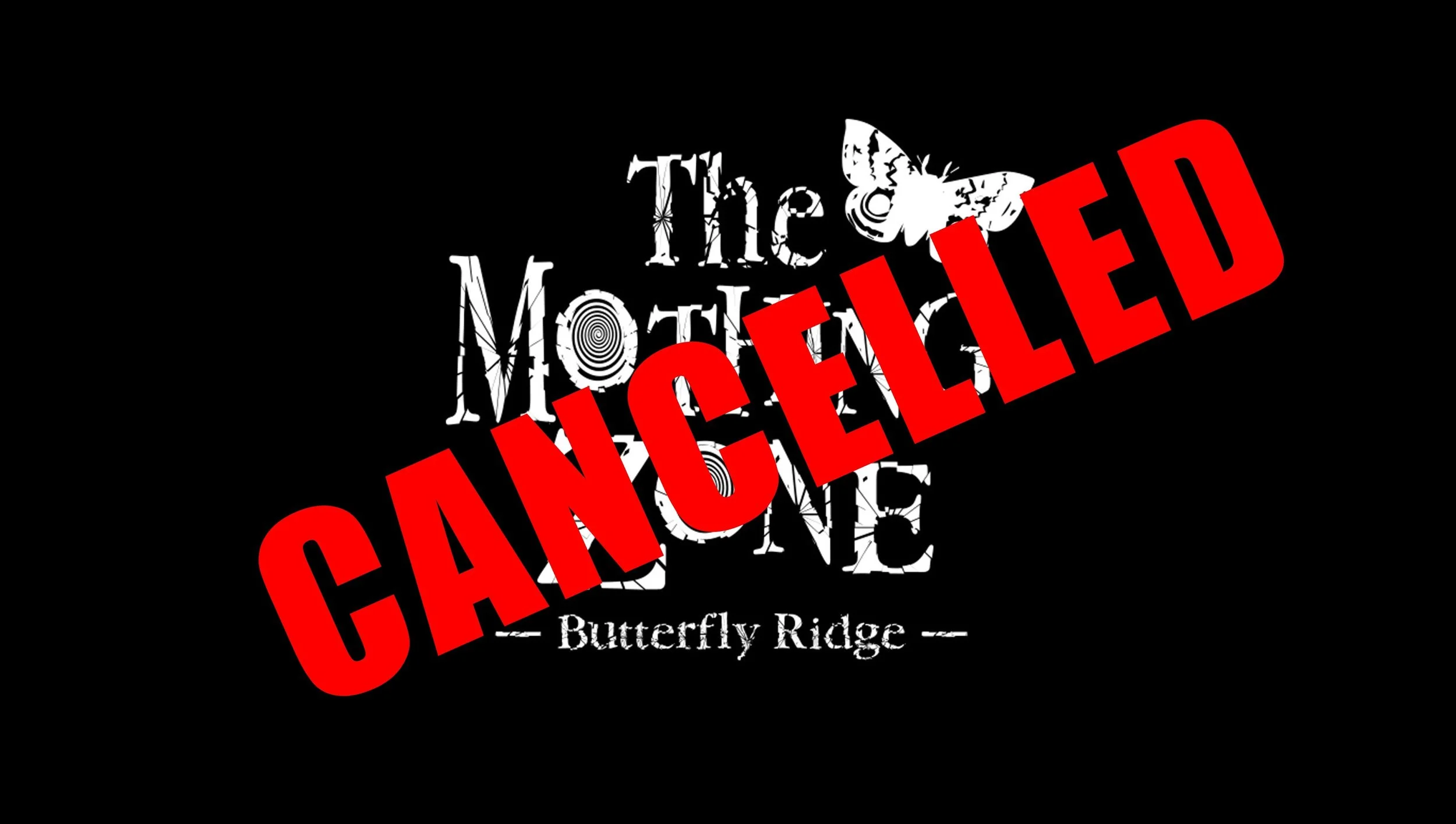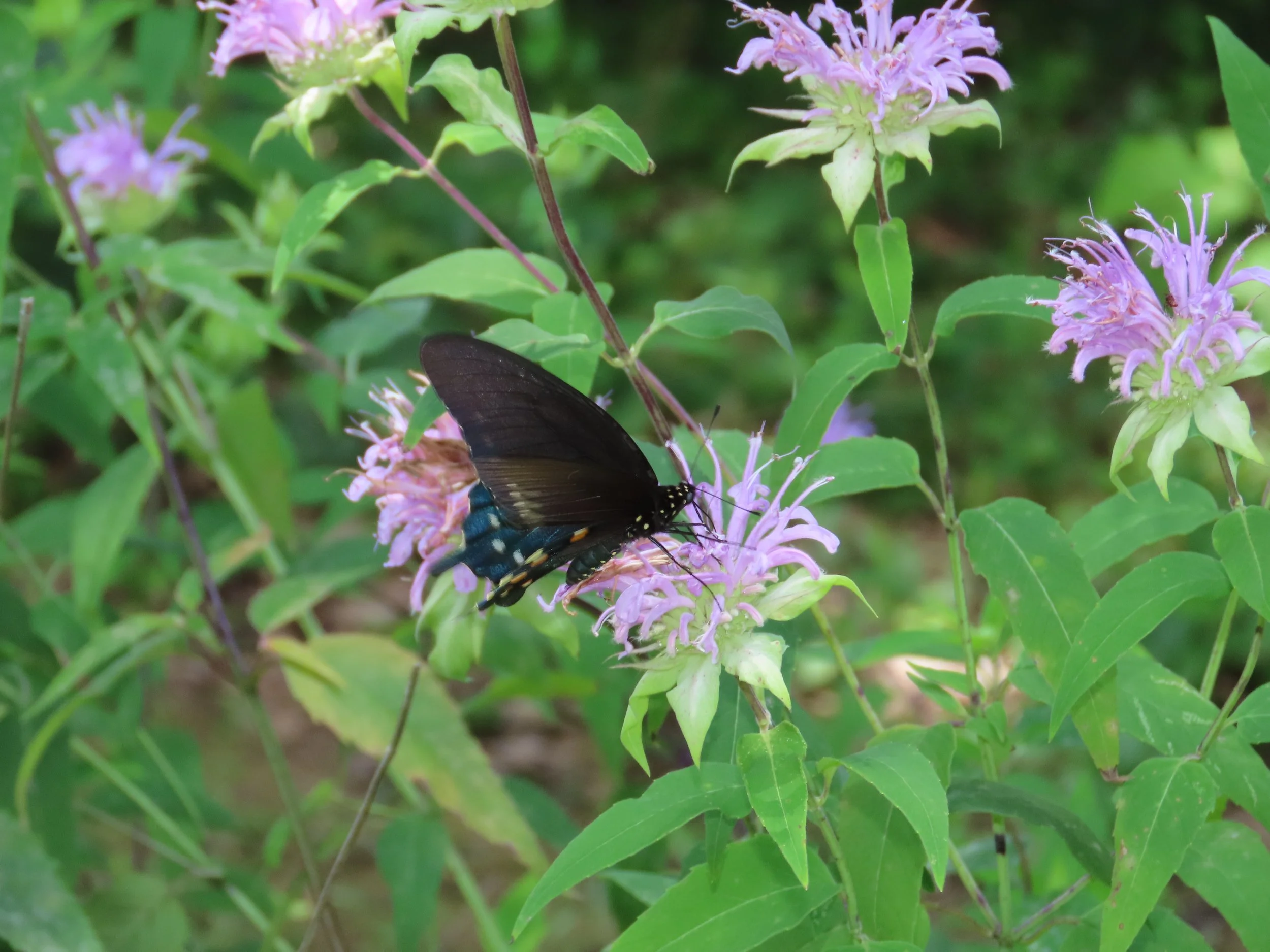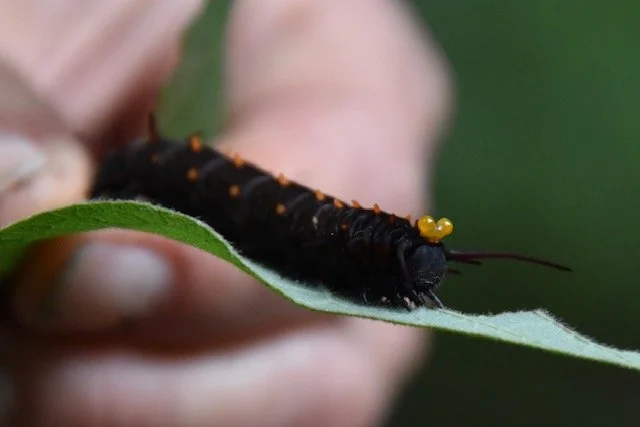Extinct, Threatened, or None of the Above: The Status of the Monarch
/It is around this time of year that the misinformation machine gets turning regarding the status of the monarch butterfly. Articles have already circulated in the mainstream media declaring that the western monarchs will soon be extinct, all this based on partial reporting from the annual Thanksgiving Day monarch counts at overwintering sites in California. Likewise the US Fish and Wildlife Service should be announcing any day whether the monarch will be listed as threatened/endangered.
We will begin our unpacking with the extinction claims. To put it simply and succinctly, “The monarch butterfly is NOT going extinct!” How can I say that after such dismal partial reports coming out of California? It’s not hard. Monarchs are found around the world including North, Central, and South America, Hawaii, and several islands in the South Pacific including New Zealand (according to the Finnish University and Research Network.) For monarchs to go extinct, every monarch, in all of those places, has to die. Period. The extinction of the monarch is not a North American thing, it is literally a global thing. In addition, there is much more mixing of the eastern and western populations in North America than what conservation groups and the media tell you. I have a lot of trouble believing the western population will ever drop to zero. However, is the western population in trouble? Absolutely.
What genuinely is happening is a misuse of the word “extinct”. To describe what is happening in California would be much more accurately described as an “extirpation”. Extirpations are nothing new. This is a case in which an organism which once populated a particular region is no longer present in that region. In Ohio for example, there are several butterfly species that have been extirpated. Perhaps the most famous was the Karner Blue which was successfully reintroduced into Ohio using offspring from a population in Michigan.
So, what’s the big deal? Why am I nit-picking semantics? I nit-pick semantics because people do not educate themselves on the difference between these two words. I can offer a money back guarantee that when Butterfly Ridge reopens in April I and my staff will have to field the same comment infinitum, “That’s so sad that monarchs are extinct.” It shows academic dishonesty when conservation groups and science-specializing journalists choose to misuse these terms. And then people like me have to go through the same explanation that I am giving now to you.
Why do “experts” misuse these terms? In the case of journalists it may be an innocent lack of knowing. Extirpation is not a word commonly used around the dinner table. For conservation groups, the misuse is strategic; to stir up the base. Monarchs going extinct makes fundraising a hell-of-a-lot easier. Monarchs going extinct rallies supporters to apply pressure to accomplish certain agendas, such as the next paragraph.
In the next few days the US Fish and Wildlife will release its recommendations regarding the listing of the monarch as a threatened species, and the supposed protections that would provide. Below please find the ORIGINAL text of the petition that was presented to the US Fish and Wildlife by various scientists and two western conservation groups (the bolding was added by me).
“(1) The provisions of § 17.31(a) apply to this species, regardless of whether members of the species are in the wild or in captivity, and also apply to the progeny of any such butterfly. (2) Any violation of State law will also be a violation of the Act. (3) Paragraph (b)(1) will not apply to individuals engaged in scientific research on monarchs and/or their habitat that:
(i) is beneficial to the conservation of the species or aimed at understanding monarch biology in ways that could benefit future monarch conservation;
(ii) does not entail collection of the species for commercial display or commercial breeding;
(4) Paragraph (b)(1) will not apply to individuals engaged in citizen monitoring designed to conserve monarchs or scientific research designed to conserve the species or better understand monarch biology that:
(i) is overseen by a scientist, conservation organization, or other entity dedicated to the conservation of the species;
(ii) does not require capture of members of the species for commercial display or commercial breeding;
(5) Paragraph (b)(1) will not apply to conservation education activities that enhance the survival or propagation of the species, including but not limited to:
(i) the rearing of monarchs in school classrooms provided that the monarchs are not provided by commercial suppliers;
(ii) the rearing of monarchs at nature centers or other facilities designed to educate the public about the ecological role and conservation needs of the species provided that the monarchs are not provided by commercial suppliers;
(6) Paragraph (b)(1) will not apply to the collection of wild members of the species and rearing of fewer than ten monarchs per year by any individual, household, or educational entity.”
Note in Paragraph 6 which states that rearing monarchs will be limited to ten monarchs per year by . . . . Later editions of the petition changed this number to one hundred. Why? If this is all based on science, how can the number, dictated by experimentation, be increased by ten-fold? That is because the increase wasn’t based on science, but rather the outcry from educators and grandmothers who raise monarchs. Both numbers are based on pressure from particular groups, the first the result of pressure from the people who will gain money and influence by the listing of the monarch, the second by those who will be boned over by the listing.
As one reads the petition it is easy to identify the threefold agenda of the petitioners.
Put the commercial butterfly industry out of business, starting with one of the most important products of the industry.
Put out of business whatever company manufactures Round-Up this week. Of course, those companies have deep pockets and will litigate this until the cows come home.
Consolidate influence and control of monarch research into a very small number of conservation organizations. I promised I would not reveal details, but #3 is already happening in the West.
Who will actually be most impacted by these rules? The very grandmothers and small scale conservation groups who are most dedicated to the monarch butterfly. In 2003 I started the Southwest Monarch Study. Under these rules, I would not had been permitted to start the SMS without a university or conservation organization taking me under their wing. Of course, the problem is I was told by several conservation organizations at the time, “Why are you wasting your time and money? There’s not enough monarchs in Arizona to go to the effort.”
Well, the next time you look at a monarch migration map, look at Arizona. You will see a red arrow pointing out of Arizona toward California, and another pointing southeast to Mexico. The SMS is the reason those two red arrows exist.
My hope is that the monarch will NOT be listed. I think it would be much better for the monarch to not be listed. It would also be much better for those who love monarchs for it to not be listed. And not listing the monarch would certainly provide the freedom to research in ways that the conservation elites may not find efficient of time and money, you know, where the discoveries happen!













